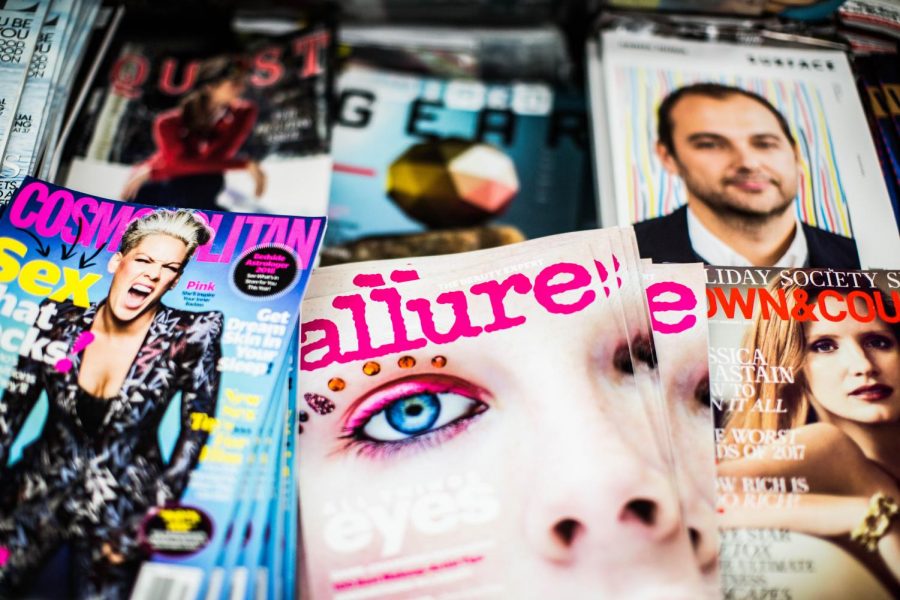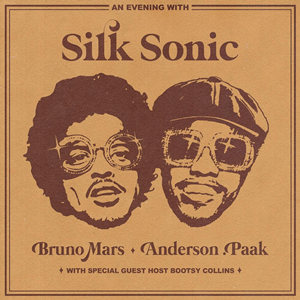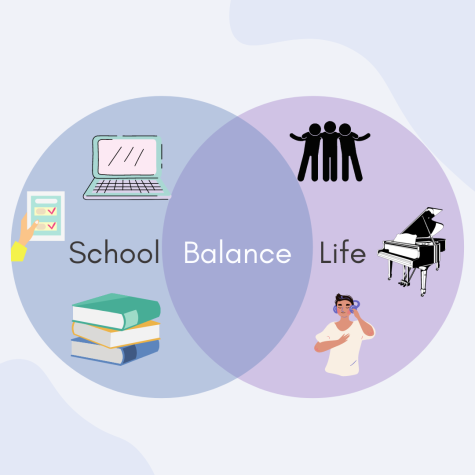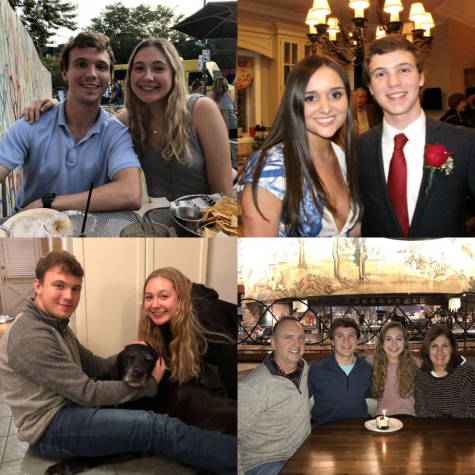Society needs to work towards “a fluid and diverse beauty standard”
Many Magazines: An array of magazines are displayed.
June 4, 2021
Tall. Thin. Long, straight hair.
For so long, we have accepted these standards as the pinnacles of beauty. However, in an incredibly diverse world, I think such a rigid beauty standard is the root of much of the exclusion and insecurity present within our society.
Why have we distinctly defined beauty through physical traits for so long? For that matter, why are specific physical characteristics the standard of beauty we wish to achieve? I think these widely unambiguous standards have gone unchanged for so long because we see them so commonly around us. These stiff standards are present all over social media as well as different fashion and beauty magazines.
While I see individuals who represent the conventional beauty standards around me everyday, a predominant number of people I’m around do not fall into this rigid category of conventional beauty. As someone who doesn’t necessarily match the conventional beauty standard, I feel the pressure to alter or change certain characteristics about myself to match what we deem as ‘pretty’ every day.
The pressure I feel to conform didn’t just magically materialize. I think the pressure grew as I felt society’s expectation to fit into the beauty standard become more prominent through mainstream media. As a society, we place a heavy expectation on individuals to fit in or we risk being labeled as weird because we are different.
I know that we are working on transforming the way we think as a society to not judge novelties by making fundamental changes in the way we view others and our daily vernacular; however, there is still an overwhelming amount of change that needs to occur concerning judgement. Often, changing the fundamental way we think about beauty seems insurmountable.
Even now, as we expand our definition of beauty, we utter phrases like “It’s what’s on the inside that matters”, that implicitly contribute to the existing emphasis of physical beauty.
By polarizing external beauty from internal beauty, we are acknowledging the importance society places on looks, rather than disassociating from the mindset all together. By eliminating the polarizing mindset of internal beauty and external beauty, immense progress can be made on eliminating conventional beauty standards.
In the sea of individuals who feel pressured to conform, there are also individuals who courageously ignore the pressure and proudly accept themselves. Whether they have a unique fashion sense or enhance their natural features, these individuals are crusaders for a more diverse beauty standard.
These individuals truly don’t care, and that is the key to abolishing a conventional beauty standard. The more we accept ourselves as beautiful, the more we challenge this standard and lingering emphasis on physical characteristics.
It is also important to mention that changing yourself doesn’t necessarily mean that you are supporting a conventional beauty standard. Changing in order to fit into an unrealistic standard undermines the idea that it is okay to be different, because different is beautiful too. On the flip side, changing yourself because you feel a desire to supports an adaptive and accepting beauty standard.
Having a fluid and diverse beauty standard is true beauty. Working to transform this beautiful idea into a reality will take significant change, but a more accepting society is an invaluable reward.















